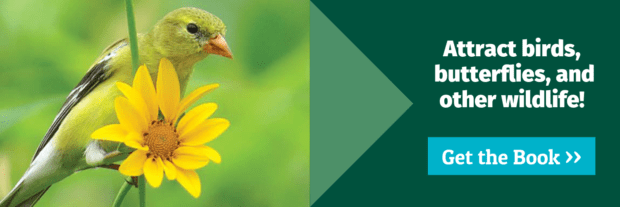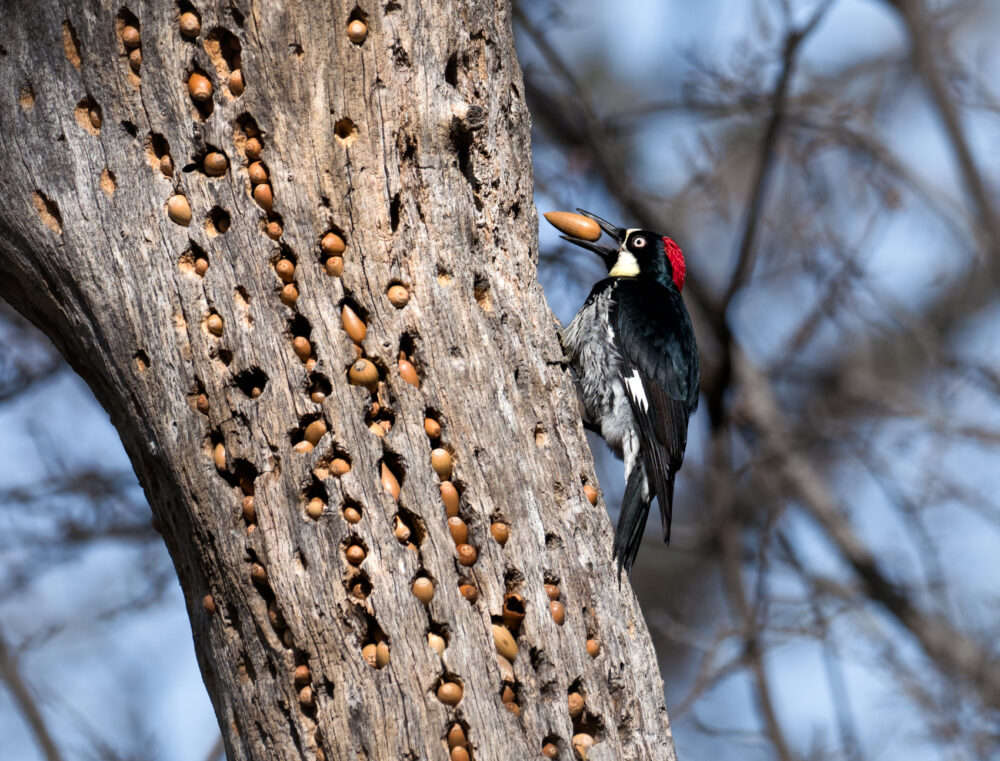We have much more to do and your continued support is needed now more than ever.
Five Ways of Making Your Lawn Better
Fall is a great time to get your yard ready for the next growing season. The cooling temperatures often make working outside less taxing, and some of the late-blooming plants in your yard provide a great opportunity to get a close look at many birds and butterflies.
This fun video from John Green, the popular novelist and co-creator of vlogbrothers, points out several compelling reasons why we should move away from the American obsession with the conventional lawn:
The video advocates for converting some of our lawns into productive vegetable gardens that would help produce local food to feed us. We at National Wildlife Federation think that’s a great idea, and we’d add that it would be amazing if more people also incorporated native plants that provide habitat for wildlife into their landscapes too.

With that in mind, here are five tips for converting your lawn into a landscape that is better for wildlife and the ecosystems upon which we all rely:
1. Add one new garden bed each season.
The idea of replacing your lawn can be intimidating, especially if you’ve got a large one. Rome wasn’t conquered in a day, and it’s ok if your lawn isn’t either. A good way to break up the work is to make it a goal to add one new garden bed each season. Remove the grass and add ornamental native plants, and soon your yard will be a gorgeous oasis teeming with life.

2. Focus on blooming wildflowers and shrubs.
One of the biggest arguments made in favor of lawns is that they present a clean, tidy look in our front yards. Many worry that getting rid of their lawns will reduce property values or trigger the ire of neighbors. To avoid both situations, focus on replacing lawn with native wildflowers and shrubs that have gorgeous blooms and colorful berries. You’ll not only support birds, butterflies and other wildlife, but you’ll also make your yard look like something out of Better Homes and Gardens.

3. Let your lawn be diverse.
“Weed” is a subjective term that really only means a plant growing where we humans don’t want it. The original lawns of Europe were filled with a diversity of plants (and mown by sheep and other grazing animals to boot). Here in America, we’ve developed a militant aesthetic, largely fueled by the lawn chemical industry, for lawns that are total and uncompromising monoculture. Letting so-called “weeds” such as clover or–yes–dandelions co-exist with grass will add diversity, wildlife habitat and even help fertilize the soil. You’ll also spend less time and money spreading dangerous herbicides.

4. Stop using chemicals.
One of the things that makes lawns ecological dead spaces is that we dump tons of chemicals on them each year. Whether it’s chemical fertilizers, insecticides or herbicides, these poisons reduce the local biodiversity and toxify the soil. If over-applied they can run off into local waterways. Use organic products if you must use something, but focus on reducing the size of your lawn and adding more natives plants, and you’ll have less need for chemicals.

5. Upgrade your mowing practices.
Gasoline-powered lawn mowers are noisy, smelly and polluting. Switch to an electric mower and one that finely chops clippings and returns them to the ground, where they compost and add nutrients back into the soil. Even better, use a push mower powered by you, not by fossil fuels (pushing a mower is great exercise too). Allow your grass to grow a little longer, which will result in stronger root systems that are less susceptible to drought and require less watering. Research has shown that even just mowing your lawn every other week instead of every week can have significant impacts for local wildlife.
























